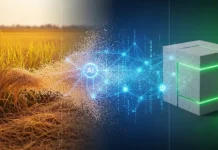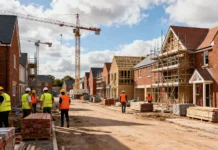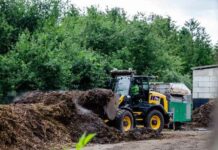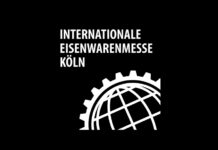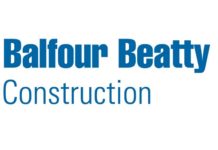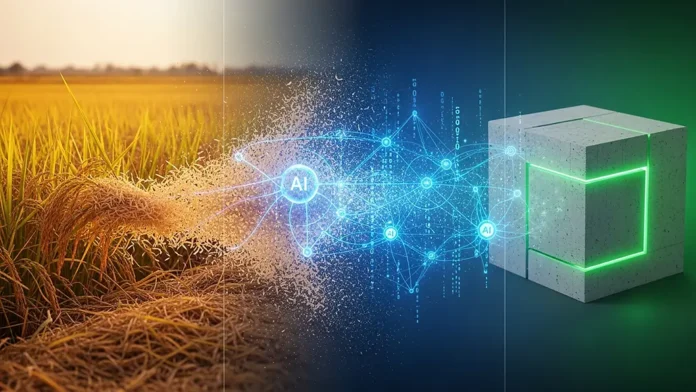In one of the recent studies that was published in the Scientific Reports, researchers have gone on to report a breakthrough in terms of predicting the compressive strength of concrete incorporating the rice husk ash – RHA by combining laboratory testing along with advanced machine learning – ML techniques.
This approach looks forward to supporting sustainable construction through making use of agricultural waste in concrete while at the same time, making utmost use of ML in terms of efficient performance forecasting.
How can rice husk ash get used in sustainable concrete?
Concrete, apparently, is one of the most widely used construction materials across the world; however, the production of its primary binder, which is the Portland cement, is indeed very energy-intensive and at the same time, also a major source of carbon dioxide. Researchers as well as engineers are looking out for an alternative so as to decrease this kind of a massive environmental footprint.
Notably, the agricultural byproduct from rice production, which is the rice husk ash, is very rich in amorphous silica and has also gone on to emerge as a very promising supplementary material in cement because of its pozzolanic properties, which go on to elevate strength as well as durability while at the same time, minimizing waste from rice production.
But predicting the compressive strength of RHA-modified concrete is quite challenging since the interactions between rice husk ash as well as certain other mix components are non-linear, in addition to the curing conditions that are involved. Traditional laboratory testing is dependable; however, it is time-consuming and expensive.
Machine Learning – ML models may be a solution around this. Through efficiently capturing the complicated relationships in concrete mixtures, ML could greatly help with fast and precise strength predictions.
Making use of an approach is going to indeed help the R&D teams with sustainable construction material development by way of facilitating optimization of mix designs and, at the same time, promoting the usage of eco-friendly materials such as Rice Husk Ash.
The researchers go on to note that rice husk ash properties can go on to vary quite prominently depending upon source material, combustion temperature as well as post-processing, therefore meaning that models that are trained on one kind of RHA may as well require to be retrained before getting applied to some other material sources.
Assessing the ML Algorithms
Notably, the research team went on to assess twelve ML algorithms in order to forecast the 28-day compressive strength when it comes to concrete containing rice husk ash.
They went ahead and developed a dataset of around 500 laboratory-tested specimens through varying major mix parameters such as water-to-binder ratio, rice husk ash content, superplasticizer dosage, cement content, and water content, as well as fine and coarse the aggregate proportions.
Another set of 30 data points from published studies was also made use of for external validation.
Prior to training, the dataset went through rigorous cleaning and standardization as well as statistical evaluation.
Techniques like Pearson correlation along with mutual information were applied so as to identify nonlinear dependencies between the variables. Stepwise regression, which is supported by the Akaike Information Criterion – AIC went on to confirm the importance of all the input features.
Interestingly, all algorithms were trained as well as optimized by way of using grid-search hyperparameter tuning as well as stratified k-fold cross-validation – k=5.
The assessed algorithms went on to include the commonly used support vector regression – SVR, random forest – RF, artificial neural networks – ANN, and also decision trees.
Notably, additional algorithms that were made use of were null-space SVR – NuSVR, Gaussian process regression – GPR, gradient boosting regressor – GBR, extra-gradient boosting – XGBoost, histogram-based gradient boosting – HGBR, multilayer perceptron regression – MLPR, decision tree regressor – DTR, extra trees – ETR as well as a voting regressor ensemble.
In order to measure how well each model went on to perform, the researchers made use of standard metrics –
- R2 – coefficient of determination so as to show how closely predictions went on to match the actual results
- MAPE, which is the mean absolute percentage error, in order to quantify average error as a percentage
- RMSE – root mean squared error so as to stress larger errors and
- a20-index that checks as to how many predictions went on to fall within 20% of the lab measurements.
The researchers, apparently, also made use of SHAP – SHapley Additive exPlanations in order to break down the contribution of every input variable, and in doing so, the decisions of ML Models went on to be much more interpretable.
Major Findings: Performance when it comes to the ML Models
The outcomes indicated that SVR and GPR, as well as NuSVR, went ahead and delivered the strongest predictive performance, with R2 values more than 0.93 in both the hold-out as well as five-fold cross-validation tests.
SVR went on to show the highest precision and balance throughout the evaluation metrics. In contrast, DTR was the weakest, with R2 values dipping below 0.53 because of overfitting.
External validation by way of using the independent datasets went on to confirm the dependability of the top-performing models. The authors also conducted certain limited validation when it comes to cylindrical specimens and also reported robust consistency in terms of forecasts, although, this was presented as being a secondary check and not a central study focus.
Notably, the SVR model attained an R2 value of 0.98 on the cylindrical concrete specimens, therefore indicating very robust adaptability throughout all the different sample geometries along with the testing conditions.
RHA content analysis went on to reveal a clear trend, in which compressive strength grew with rice husk ash dosage, touching an optimal range of almost 80-100 kg/m3.
Beyond this stage, strength dipped because of dilution effects and also decreased workability. This finding offers practical guidance so as to optimize the mix designs that incorporate rice husk ash.
Uncertainty quantification through bootstrap analysis gave an outcome of 95% confidence intervals when it comes to SVR predictions, hence elevating the dependability of the estimates.
The study also went on to develop a user-friendly graphical user interface – GUI which enables engineers to input the mix parameters and thereby obtain anticipated compressive strength, hence making advanced ML accessible for practical usage.
Applications of the Rice Husk Ash in the Construction Gamut
This research indeed has in store prominent implications for the construction sector, especially within advancing sustainable concrete technologies. Through incorporating the RHA as a partial replacement for Portland cement, engineers can go on to decrease the carbon footprint that is associated with the regular concrete production while at the same time making use of leveraging the pozzolanic potential of the rice husk ash.
It is well to be noted that the user-friendly GUI facilitates fast on-site decision-making, decreasing the dependence on laboratory procedures that are costly, and also streamlines the RHA adoption when it comes to real-world applications.
This tool makes sure that the predictions remain precise and grounded in the underlying dataset. But the researchers also caution that the generalizability of the model is linked to specific RHA traits that are used within the study, and engineers who are applying the tool to varied sources may as well be required to recalibrate or retrain underlying models.
Elevating the Predictive Models for Future Usage
This study goes on to represent a major advancement in terms of sustainable concrete technology through demonstrating how the ML techniques can, with precision, go on to predict the compressive strength when it comes to concrete incorporating RHA.
The findings underscore the value of rice husk ash as a low-carbon supplementary material that goes on to enhance the concrete performance while at the same time reducing the dependence on traditional cement. The robust predictive accuracy of models like GPR, SVR as well as NuSVR goes on to show that ML can very well serve as a practical tool in terms of optimizing the mix designs.
It is worth noting that future work should go on to consider additional variables like curing conditions as well as the real-world project data in order to enhance the dependability of the model. Apparently, there is more research that is also needed in order to assess the strength of the models throughout the rice husk ash, which is obtained from varied geographic as well as processing conditions, which may very well influence the prediction balance.
Notably, upgrading the model interpretability and also refining the uncertainty quantification is sure to enable the engineers to make use of ML predictions with a greater amount of confidence.
All put together, this research goes on to demonstrate how integrating the sustainable materials along with advanced predictive methods can go on to support greener construction practices, hence moving the industry much closer to attaining low-carbon and high-performance concrete solutions for infrastructure that lies ahead.



